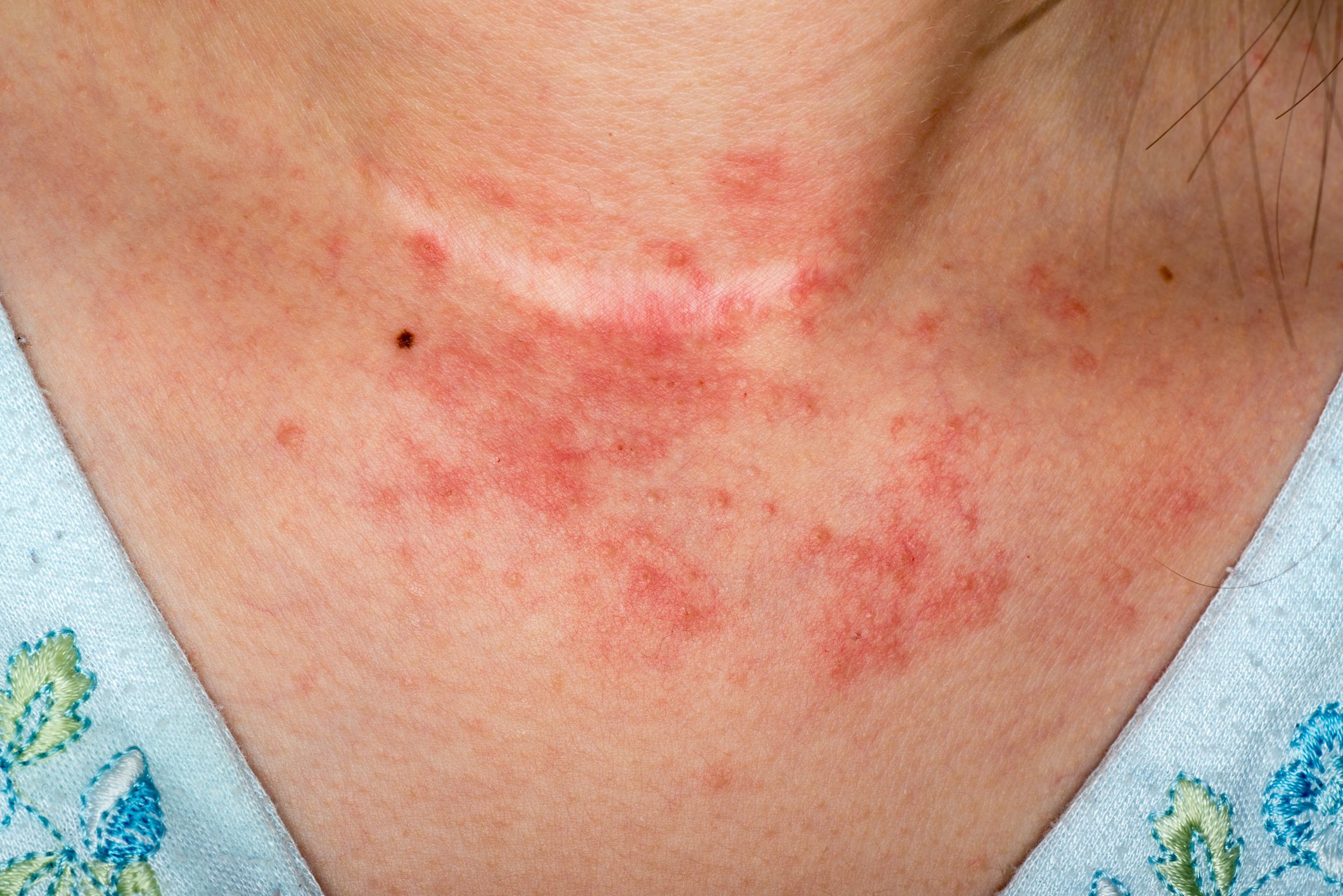In principle, pulmonologists can encounter any form of sleep-wake disorder in their practical work, although sleep-related respiratory disorders are probably by far the most common. In clinical practice, the classification into the four main groups of 1. reduced sleep (insomnia), 2. increased sleep (hypersomnia), 3. distorted sleep (parasomnia) and 4. displaced sleep (sleep-wake rhythm disorders) has proven to be effective. In the case of insomnia, the focus is on chronic difficulty falling asleep or sleeping through the night; in the case of hypersomnia, sleep apnoea syndrome is the main cause.
Autoren
- Prof. Dr. med. Johannes Mathis
Publikation
- InFo PNEUMOLOGIE & ALLERGOLOGIE
Related Topics
You May Also Like
- Prurigo nodularis and AD
Effective itch relief through inhibition of the IL-31 signaling pathway
- Cutaneous Crohn's disease
Effective alternative to TNF inhibitors
- Palliative care symptom and needs assessment.
What screening tools are helpful?
- Benralizumab in a patient with asthma and EGPA
When the biologic has a counterproductive effect
- Brain atrophy and MS
Brain atrophy correlates with disability progression in MS
- Alternative to insulin and GLP1
From the β-cell to the center: the versatile role of amylin
- Diabetes mellitus
Treatment of comorbidities in older people
- Pulmonary sarcoidosis











